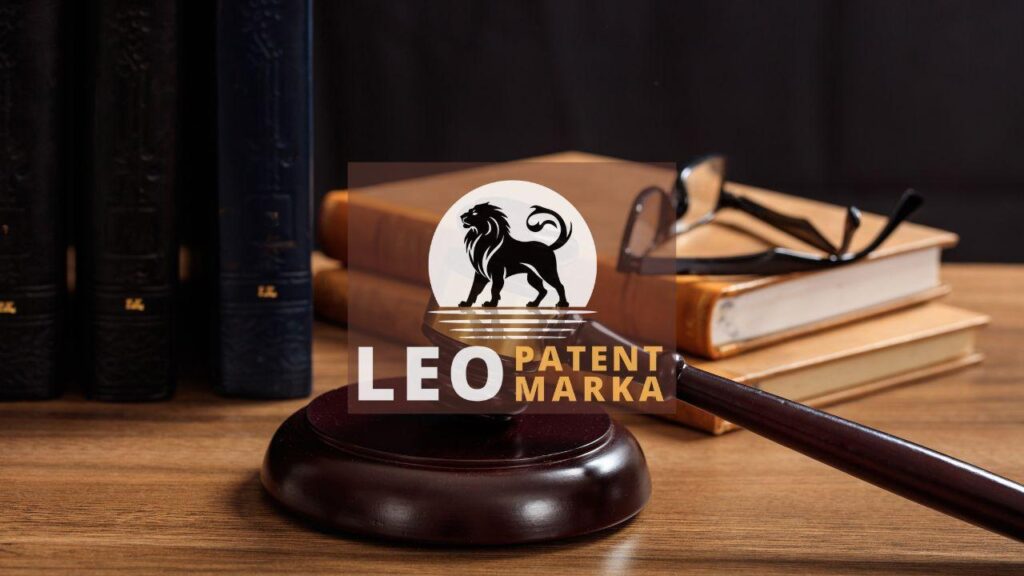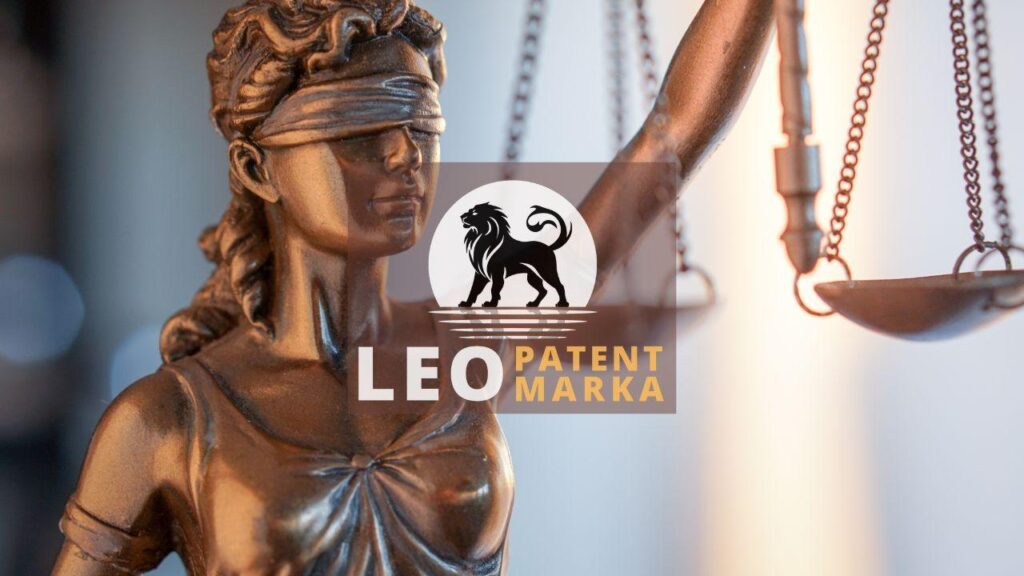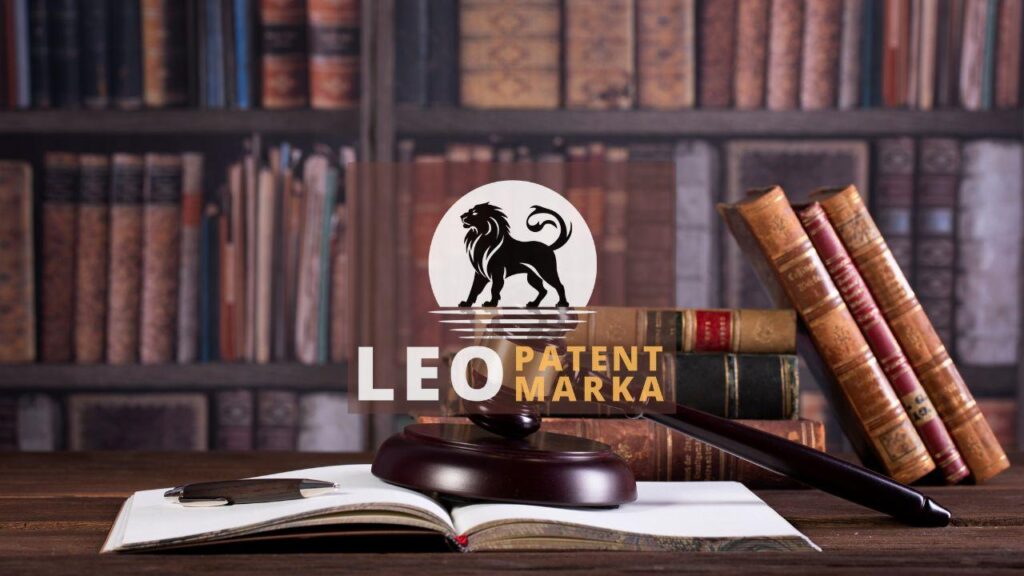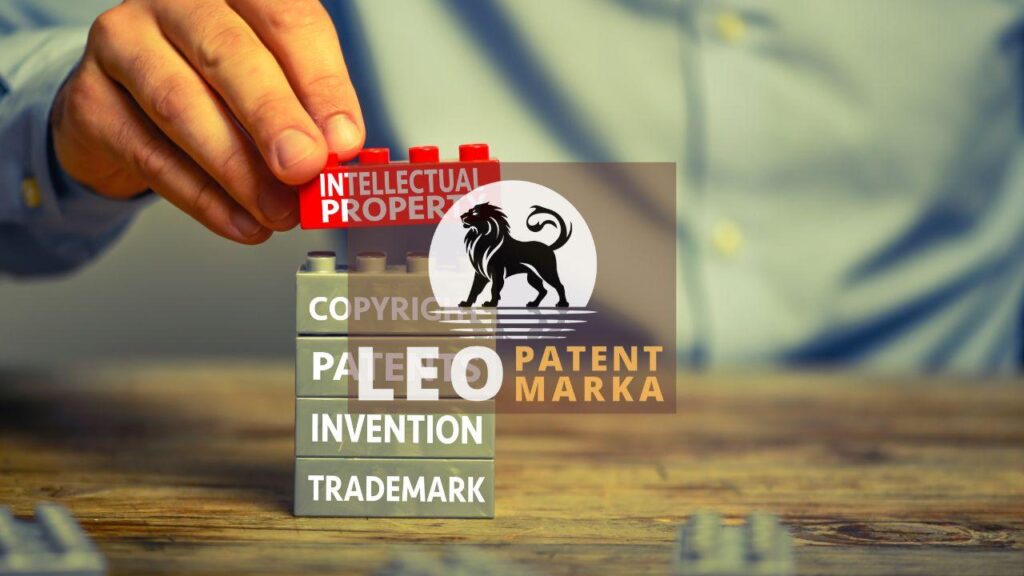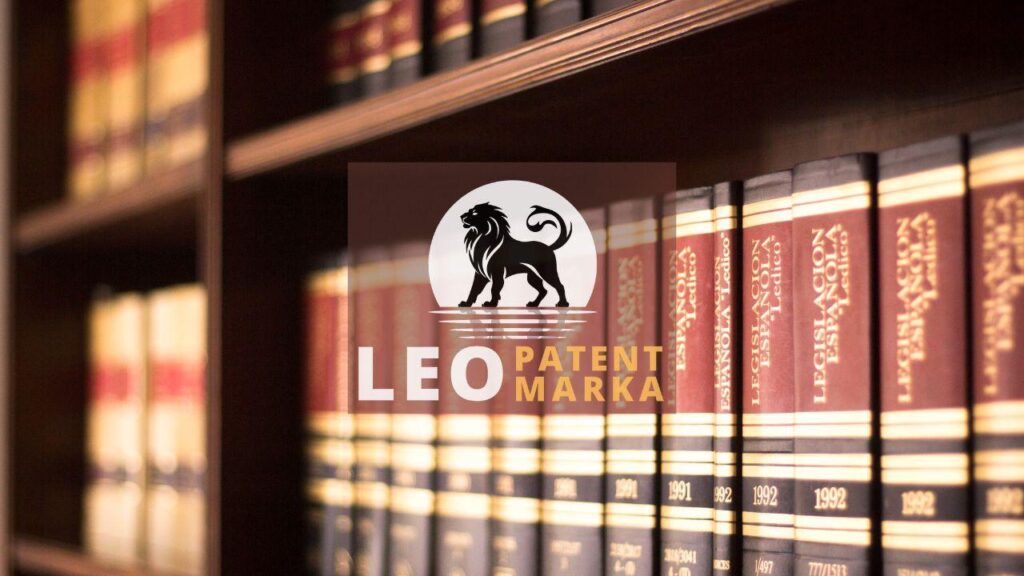In today’s rapidly evolving technological landscape, safeguarding your innovations has never been more critical. At Leo Patent, we understand that patent differentiation strategies are essential not only for securing intellectual property rights but also for maintaining a competitive edge in the market. By effectively distinguishing your patents in Turkey’s dynamic intellectual property framework, you can maximize the commercial potential of your inventions while mitigating the risk of infringement. This blog post delves into various approaches and tactics tailored to the Turkish context, helping you navigate the intricacies of patent differentiation and ensuring your innovations stand out in a crowded marketplace.
Types of Patent Differentiation Techniques
When it comes to patent differentiation, several techniques can be employed to ensure the exclusivity and uniqueness of your invention. One key method is focusing on the technical features of the invention in the patent application. By clearly defining the specific technical aspects and innovative elements, you ensure that your patent stands out and is not easily replicated by competitors. Another effective technique is to strategically draft claims that cover a broad scope of potential applications while still maintaining a clear, concise, and precise language. This not only helps in preventing others from creating similar technologies but also enhances the enforceability of your patent in legal scenarios. At Leo Patent, we guide our clients through these nuanced strategies, making sure each patent application is robust, comprehensive, and tailored to fit within Turkey’s intellectual property landscape.
Another powerful approach to patent differentiation is through geographic and market segmentation. By filing patents in multiple jurisdictions, you can extend the protection of your invention beyond Turkey, thus securing international rights and preventing competitors from entering key markets. This strategy is especially important for businesses looking to expand globally and tap into various market segments. Additionally, it is crucial to conduct a thorough competitor analysis to continuously reassess your patent portfolio in relation to emerging technologies and competitive patents. This allows for adaptive measures, including the refinement and enhancement of existing patents or the filing of new ones to cover unexplored technological niches. Leo Patent’s industry expertise aids clients in navigating these complexities, ensuring that their patents are not only geographically well-distributed but also competitively robust.
Furthermore, an often overlooked but vital technique is the leveraging of design patents in conjunction with utility patents. Design patents protect the ornamental aspect of an invention, offering a separate layer of protection that complements the functionality covered by utility patents. By securing both types of patents, you enhance the overall defensibility of your invention. At Leo Patent, we emphasize the importance of integrating design patent applications with utility patent strategies to provide a well-rounded intellectual property portfolio. This dual approach not only increases the barriers for competitors attempting to replicate both the functional and aesthetic aspects of your innovation but also maximizes commercialization opportunities by protecting the full spectrum of your invention’s uniqueness. In an era where aesthetics can significantly impact consumer preference, this method allows for comprehensive protection that aligns with both technological and market trends.
Legal Framework Surrounding Patent Differentiation in Turkey
Turkey’s legal framework for patent differentiation is anchored in the Industrial Property Law No. 6769, which came into effect on January 10, 2017. This comprehensive legislation governs the registration, protection, and enforcement of patents, trademarks, designs, and other types of intellectual property. Understanding the nuances of this law is crucial for innovators seeking to differentiate their patents effectively. The Turkish Patent and Trademark Office (TÜRKPATENT) plays a pivotal role in administering patent applications and ensuring compliance with national and international standards, including the Patent Cooperation Treaty (PCT) and the European Patent Convention (EPC). By leveraging the structured procedures and legal instruments available under the Turkish system, businesses can strategically craft their patent portfolios to delineate their technological advancements clearly, fostering both legal protection and market differentiation.
Moreover, the Industrial Property Law No. 6769 strengthens the strategic toolkit for patent differentiation through several key provisions. For example, the law allows for the filing of divisional patent applications, enabling inventors to separate distinct innovations from a single broad application, thereby creating a portfolio of interrelated patents. This not only enhances protection but also makes it more challenging for competitors to circumvent patent claims. Another critical aspect is the law’s emphasis on the novelty and inventive step requirements, which mandate that patents must demonstrate significant advancement over existing technologies. By rigorously adhering to these standards, businesses can ensure that their patents are robust and less susceptible to invalidation. Additionally, the option for accelerated examination processes can expedite the granting of patents, allowing companies to swiftly capitalize on their innovations and secure a competitive market position.
In addition to the robust legal mechanisms within the Industrial Property Law, effective patent differentiation in Turkey also involves proactive monitoring and enforcement actions. Regularly conducting patent landscape analyses and competitive intelligence can help identify potential infringements and emerging trends within your industry. Turkey’s legal framework offers several enforcement measures, including preliminary injunctions, seizure of infringing goods, and compensation for damages, which can be instrumental in safeguarding your patented technologies. By engaging in these vigilant practices, you not only protect your innovations from unauthorized use but also reinforce your market presence and reputation. At Leo Patent, we specialize in guiding our clients through these complex processes, ensuring their intellectual property rights are diligently protected and their innovations remain distinct in a competitive marketplace.
Case Studies Highlighting Successful Patent Differentiation
In the competitive landscape of Turkish IP, several companies have demonstrated exemplary patent differentiation strategies, driving their success and growth. For instance, a leading Turkish electronics firm strategically diversified its patent portfolio through targeted innovation in multiple technological sectors, such as renewable energy and smart home technologies. By doing so, the company not only safeguarded its core inventions but also created a robust IP shield that deterred potential infringement. Another notable case is a biotech startup that employed a nuanced approach, combining robust patent claims with comprehensive analysis of existing patents, ensuring that their pioneering treatments addressed niche market gaps. These varied strategies underscore the importance of tailored, well-conceived patent differentiation methods in thriving within Turkey’s dynamic marketplace.
Additionally, a prominent Turkish automotive company exemplified innovative patent differentiation by aligning its patent filings with emerging environmental regulations and consumer demands. By focusing on patents related to electric vehicle technologies and sustainable materials, the company not only protected its technological advancements but also positioned itself as a leader in the eco-friendly automotive market. This proactive approach not only fortified its market stance but also attracted partnerships and investment opportunities, demonstrating the commercial benefits of forward-thinking patent strategies. Furthermore, a textile manufacturer leveraged patent differentiation by developing unique fabric technologies and manufacturing processes, ensuring that their innovations were protected across various applications, from fashion to medical textiles. Such strategic diversification showcases the myriad ways effective patent differentiation can enhance competitive advantage and drive sectoral leadership in Turkey.
Another illustrative example comes from a Turkish software company that capitalized on patent differentiation to dominate the local and international markets. By strategically filing patents for their proprietary algorithms and data security protocols, the company created a multilayered IP fortress that stymied competitors. Their approach involved conducting detailed freedom-to-operate analyses to avoid overlapping with existing patents while simultaneously identifying potential white spaces for innovation. This meticulous strategy provided the company with extensive coverage and a solid defense against infringement claims. Additionally, collaborating with academic institutions for R&D fueled further innovation and enhanced their IP portfolio. These case studies collectively highlight how diverse and well-executed patent differentiation strategies enable Turkish companies to carve out and maintain their competitive niches, fostering sustained growth and market leadership.
Disclaimer: This article is for general information purposes only and it is recommended that you consult experts and companies in that field to evaluate your specific situation. We are not responsible for any damage that may arise from the use of the information in this article.

